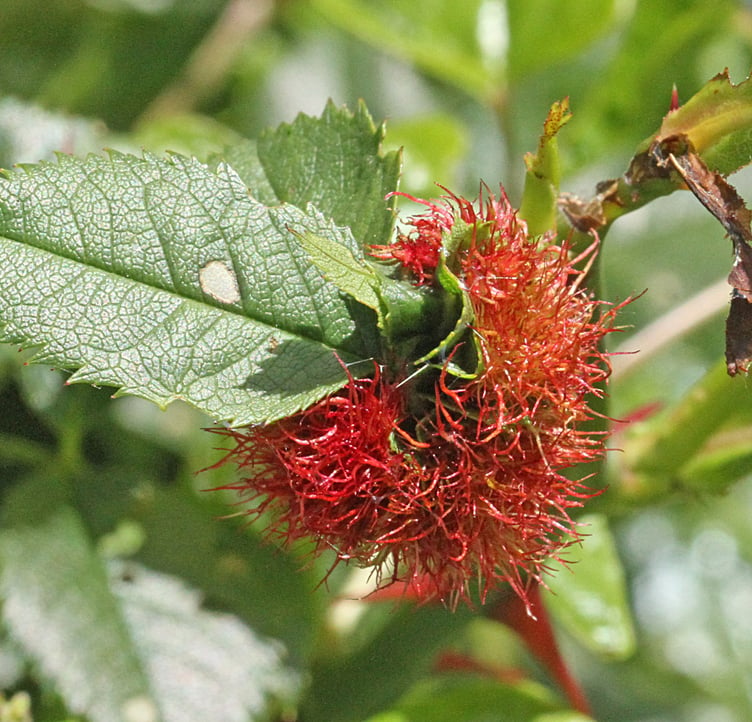Common elder is a shrub or small tree of hedgerows and waste ground, sometimes near rabbit warrens where they thrive on the nitrogen rich soil made so by rabbit droppings and badger dung.
They are now showing off their white blossoms which will later turn into purple/black berries that can be made into a pleasant wine.
Elder is spread around the countryside by birds that drop the seeds after consuming the fruit.
Apart from being known as the tree on which Judas hanged himself, hence the fungi Jew’s ear that grows on the trunk, it became famous after artist John Constable featured the blossoming shrub beside the cottage in his painting The Hay Wain.
The hard, tough wood of the tree was once used in the making of mathematical instruments.
Jew’s ear can be seen on the elder tree all the year round, especially during autumn, but a different fungi that didn’t want to wait until autumn was a group of Brick caps that I spotted growing on a dead tree stump among some moss in a disused quarry that I was looking around.
A bit early with their brick-red centred caps but they looked lovely among the green moss.
There was loads of fruit available to pick, albeit very small fruits, in the shape of wild strawberries that were growing on the stony rubble.
I know they are tiny but if you pick one that is very ripe you will find it is far sweeter than any that you grow in your garden or greenhouse.
On the way home from the quarry I passed lots of dog and field roses that are now losing their flowers, but on one of their stems was a red coloured Robin’s pincushion or Bedeguar gall.
These will grow to 45mm wide and are the work of the small gall wasp Diplolepis rosea that lays its eggs in the stem, thus causing the gall to form.
Probably the prettiest gall we see each year and it will contain up to 60 wasp larvae.
Sometimes when I go walking without taking my heavy camera, my wife uses it to take pictures in our garden, and a couple of weeks ago when I returned from a walk, she proudly showed me some pictures of two mating Lily beetles that she spotted on one of her lily plants.
The red beetles have black heads and if left alone they will strip the leaves, flowers and even the stems of the lilies, so it’s best to remove them.
Next door neighbour, Keith, brought me in a couple of Scarlet tiger moths the other evening, that he picked up on his driveway.
They were alive and had obviously dropped off the hazel hedge whilst mating.
When pitched, they fold their black wings that have white and yellow markings, but when they fly, their under wings are bright red and sometimes can be mistaken for a Red admiral butterfly.





Comments
This article has no comments yet. Be the first to leave a comment.